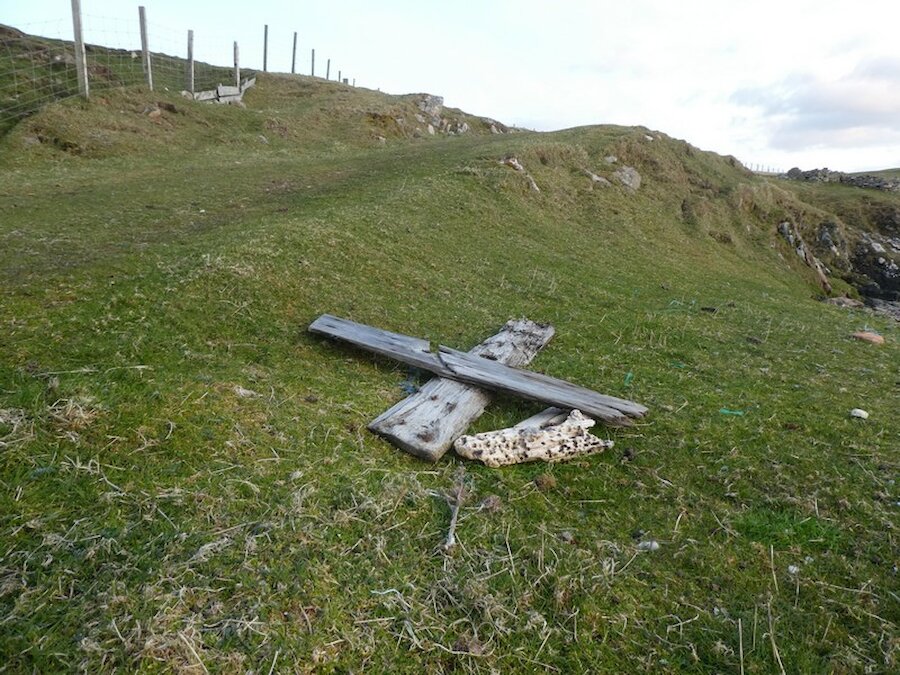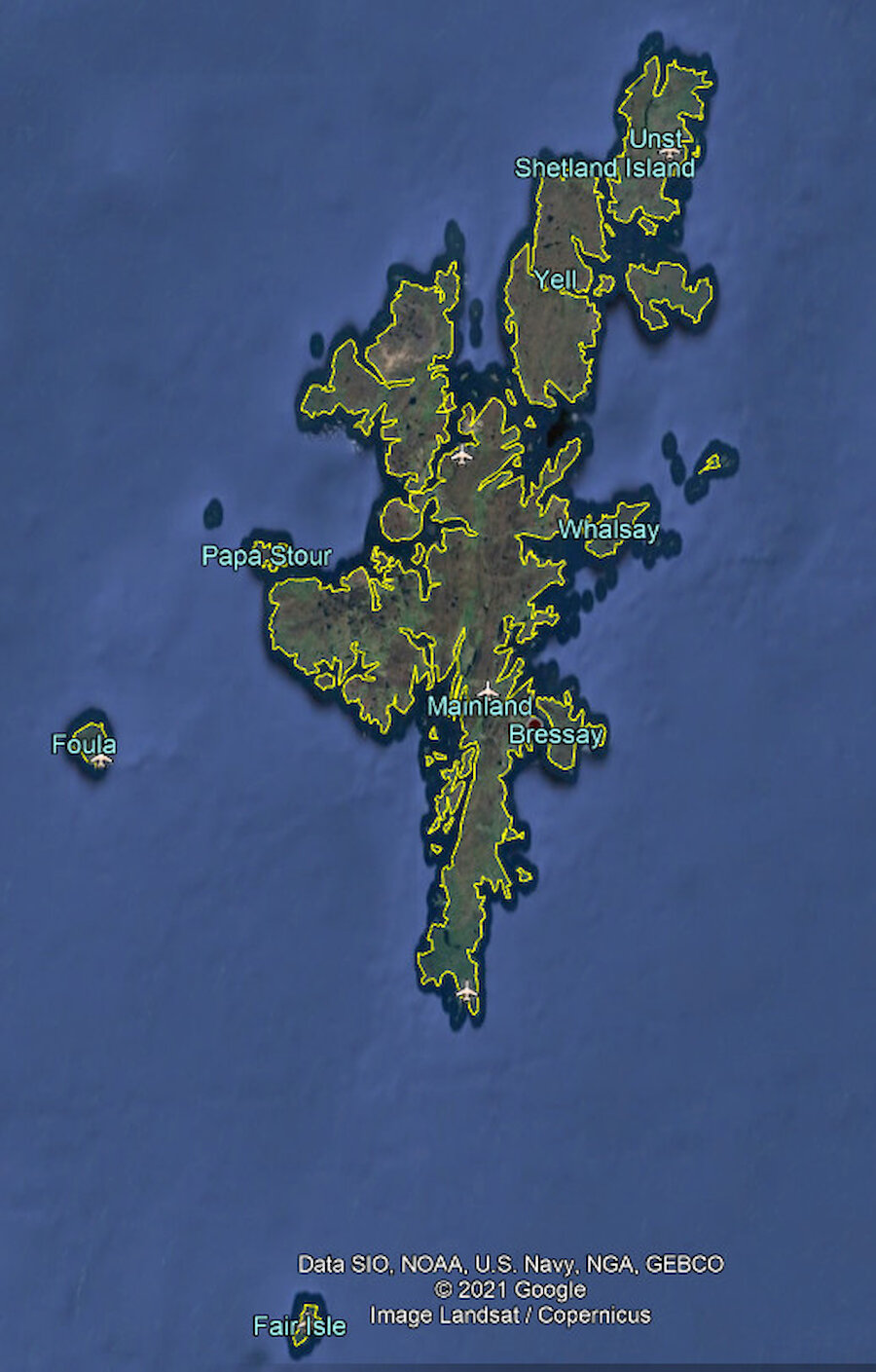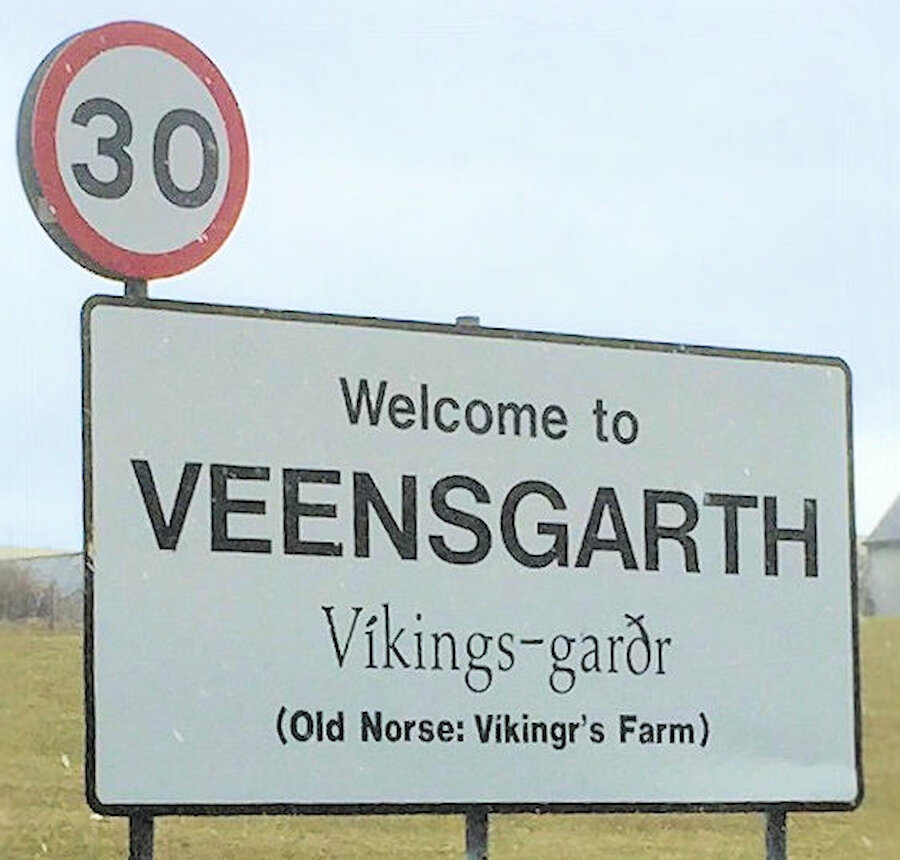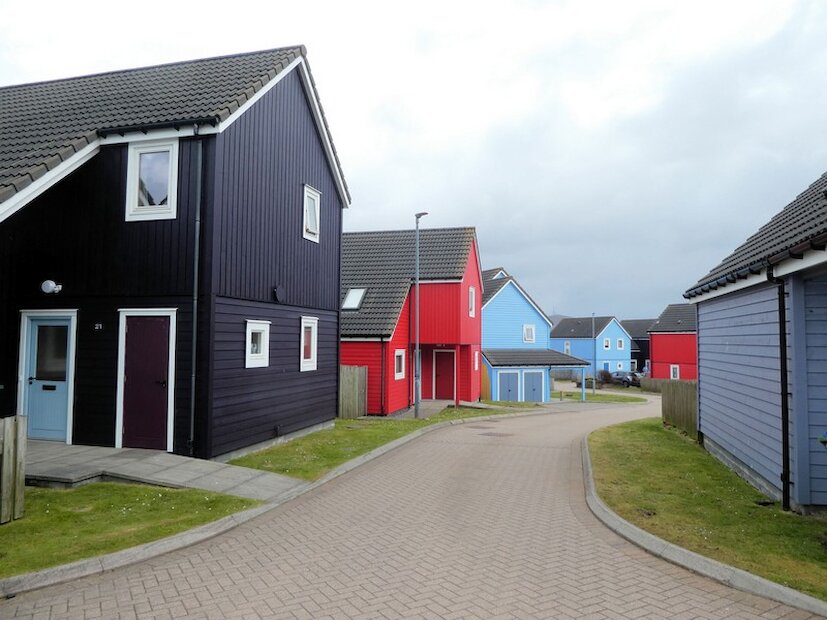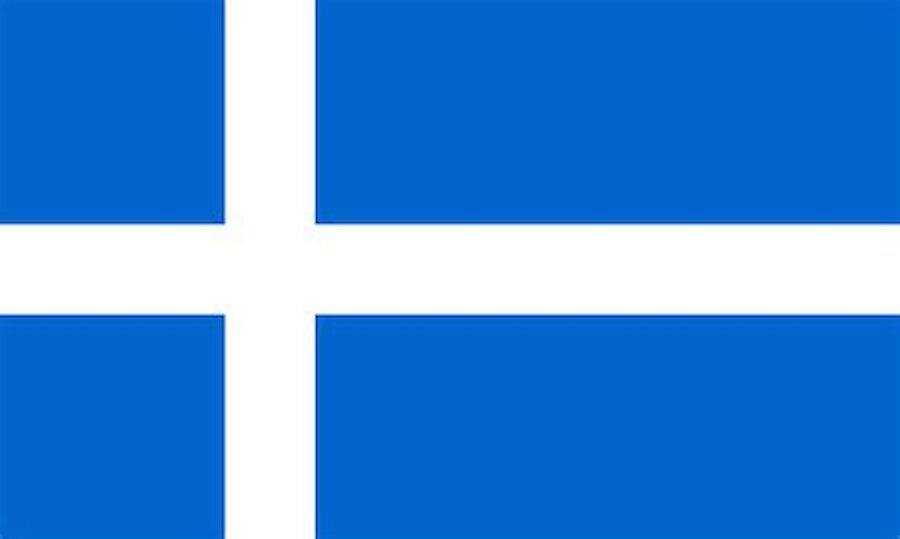It’s true that Shetland is very much the term preferred by locals, and there are reasons for that. It’s obviously right to go with the local grain, just as we’d do if we were talking about (say) Mumbai rather than Bombay.
On the face of it, however, rejection of “the Shetlands” might seem surprising. After all, it’s quite normal to talk about island groups such as the Azores, Bahamas, Canaries or Maldives. Why the preference? Well, it has strong historical and emotional roots.

